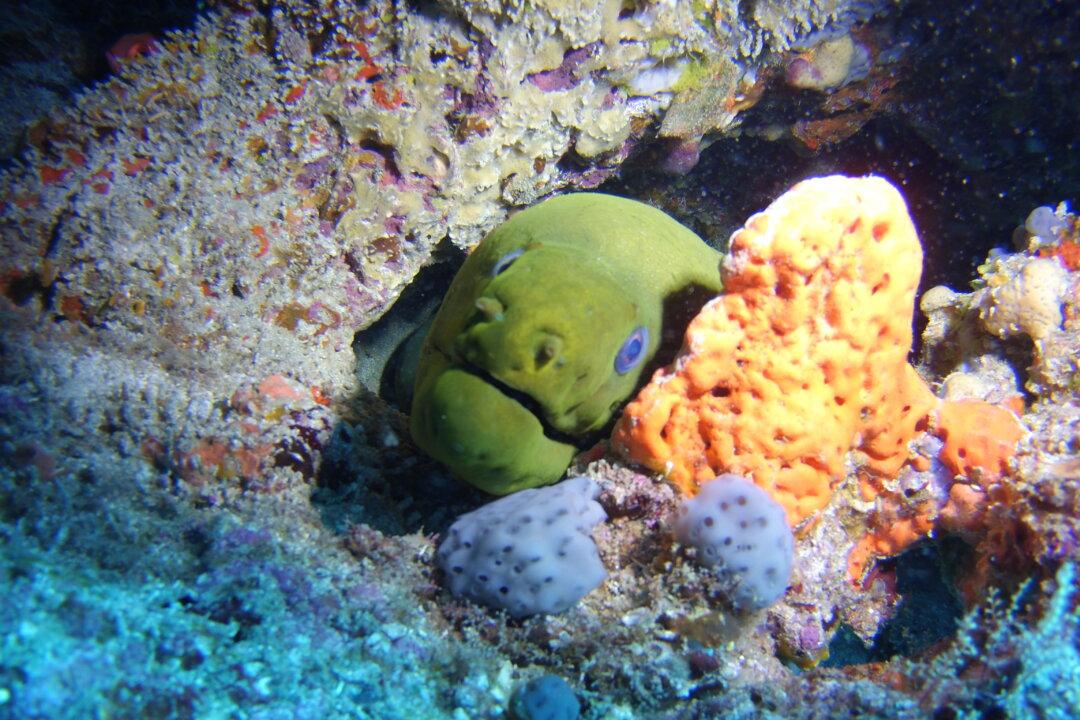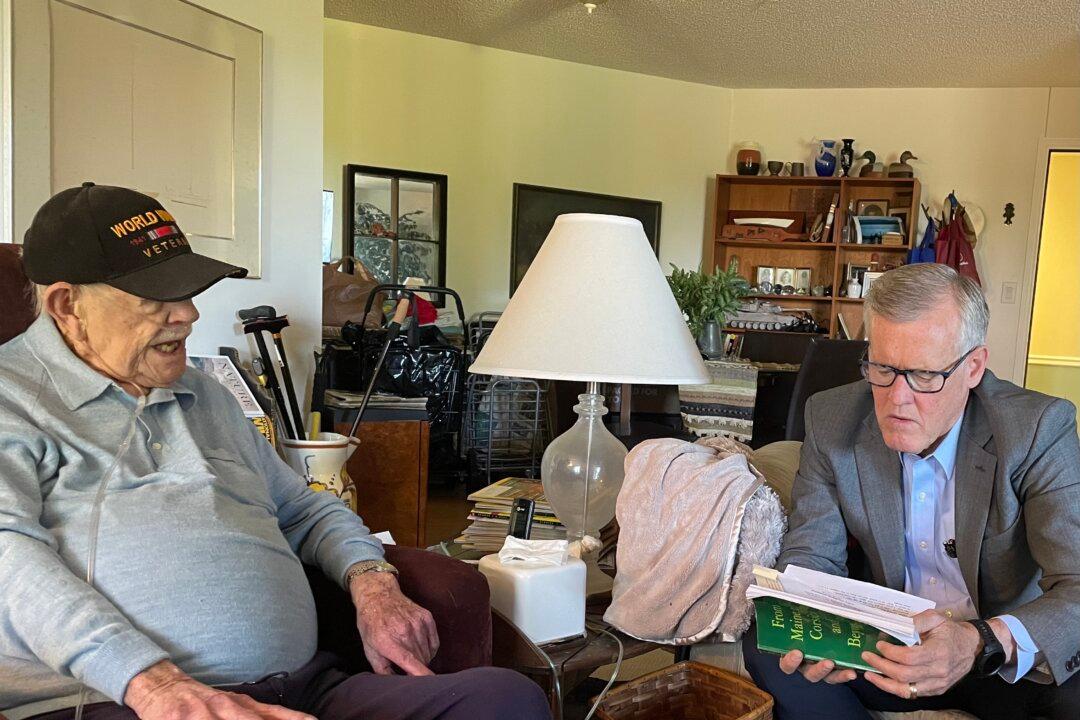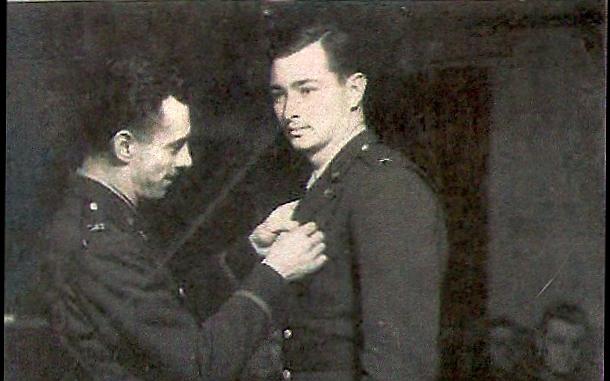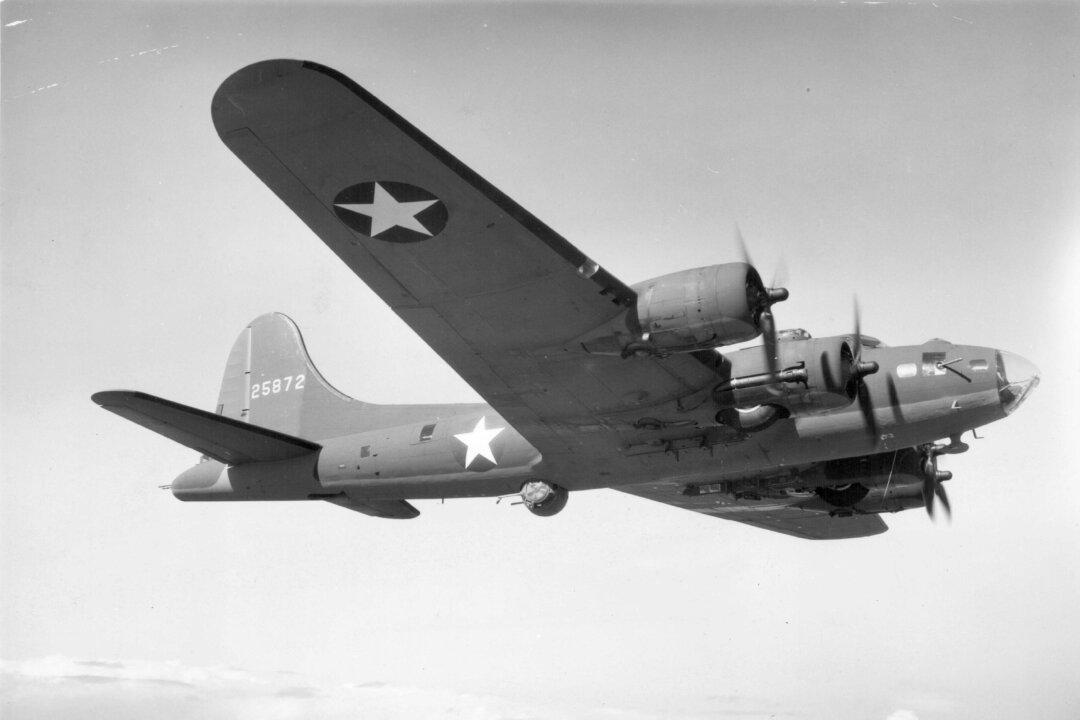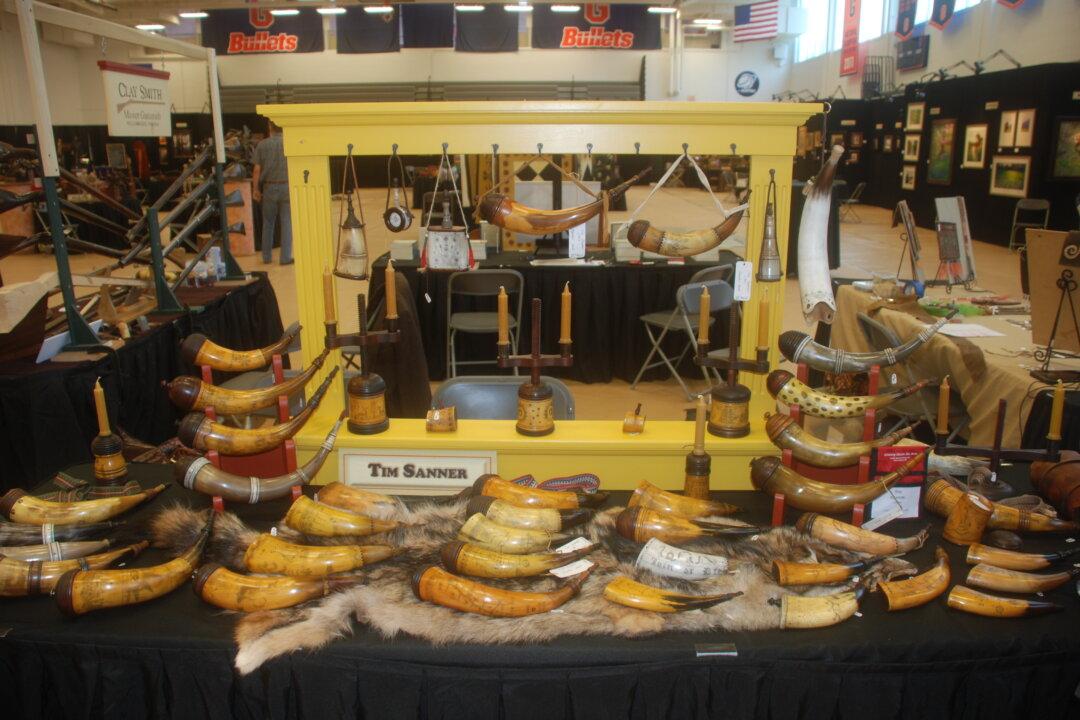Ergonomic. The word derives from the Greek “ergo,” to work. The word has come to signify human engineering. I have big hands, not catcher’s mitts, but experience has taught there is an important feel to a camera. A camera works for the photographer instinctively.
In terrestrial photography as well as underwater, a camera’s feel is just as important as its ability to produce good pictures. Heavy is good, comfortable grip is good, a tiny little box that cannot be conveniently held on land or underwater is bad. No matter the quality of the images, the convenience, or popularity something that cannot be held comfortably as an extension of a photographer’s arm will never be an effective photographic tool.
Digital cameras have revolutionized photographic equipment. Cameras are light weight and small. Telephones boast fine resolution cameras. Some inventors have even come up with waterproof bags or housings for cell phones. As often as phone configurations change that would seem to be a risky investment, same for camera housing makers. It seems new updates and innovations sweep the shelves clean of previous models quickly these days. The key is chip size and ability of micro-technology to miniaturize circuits. A camera can be the size of a sugar cube and some are. They can be worn on eyeglasses, dive masks, and mounted on the rear-view mirror of cars. Underwater small is not better.

